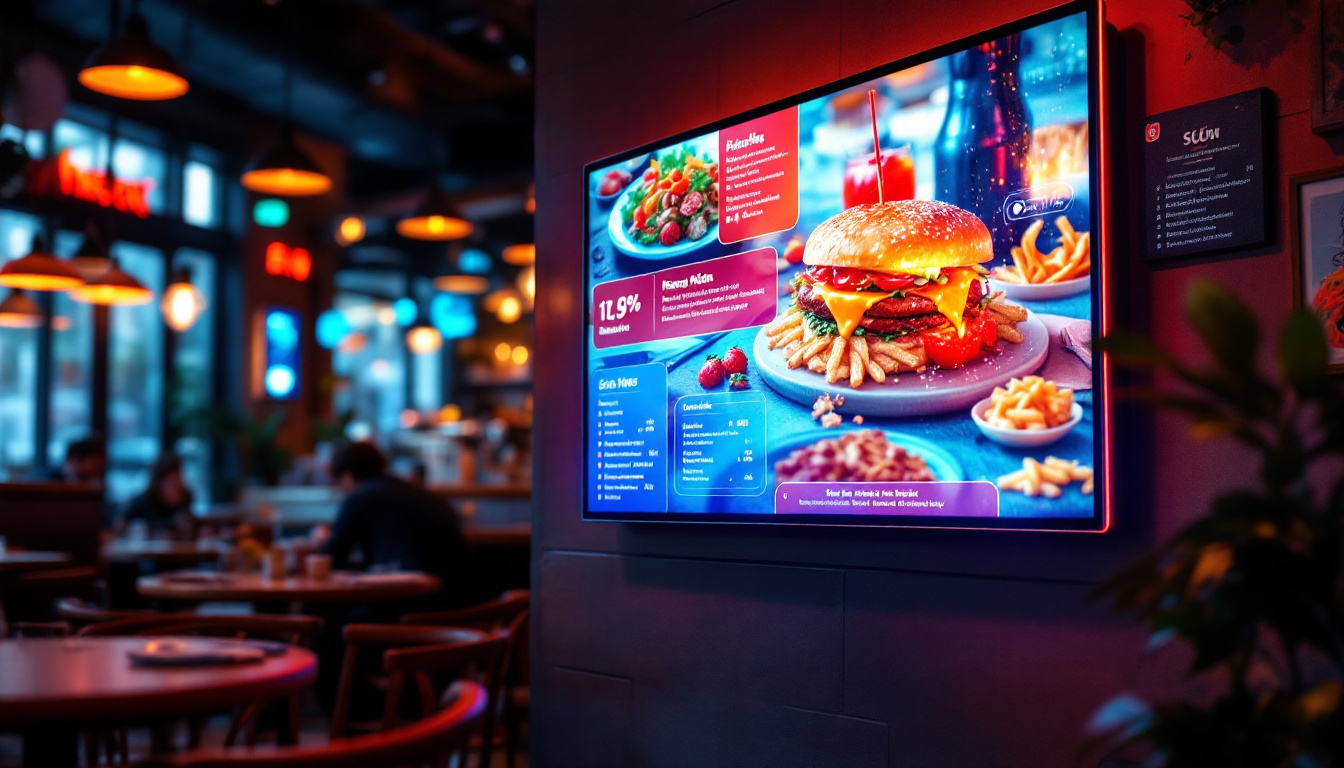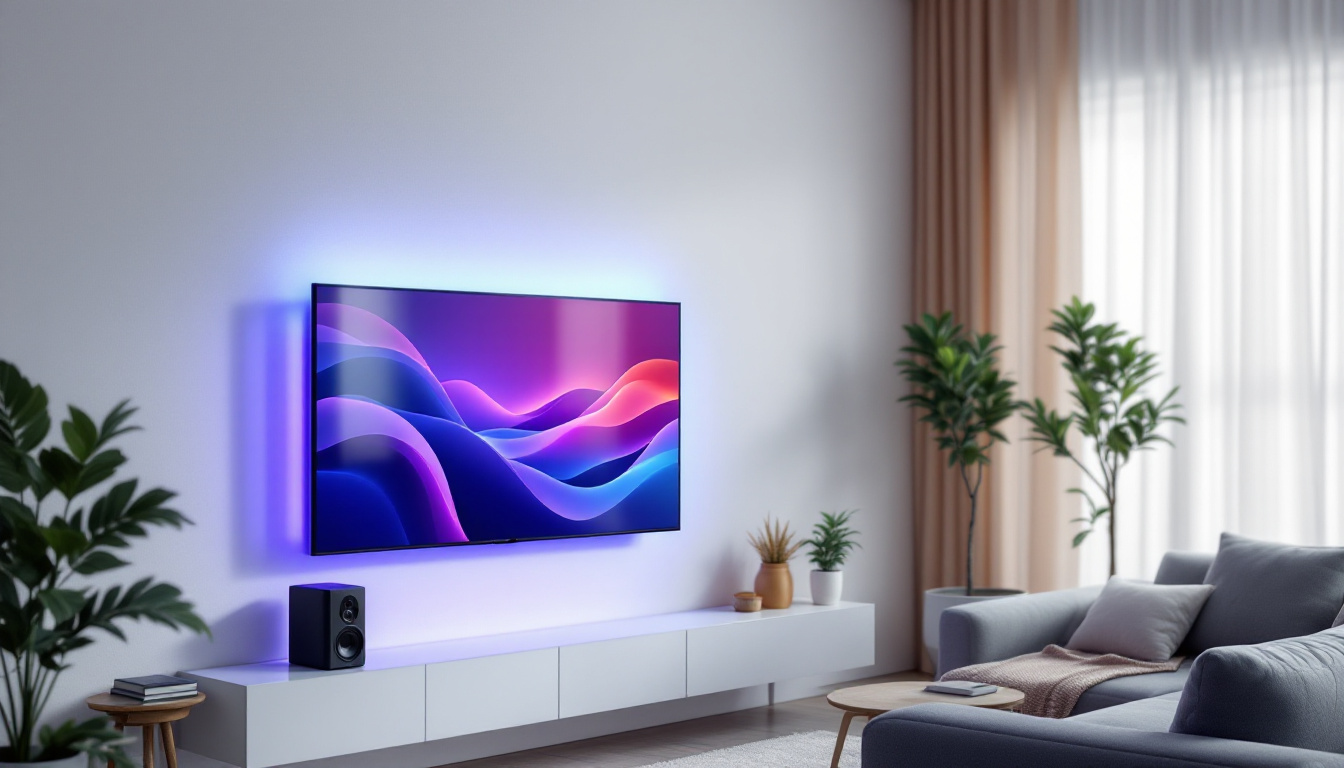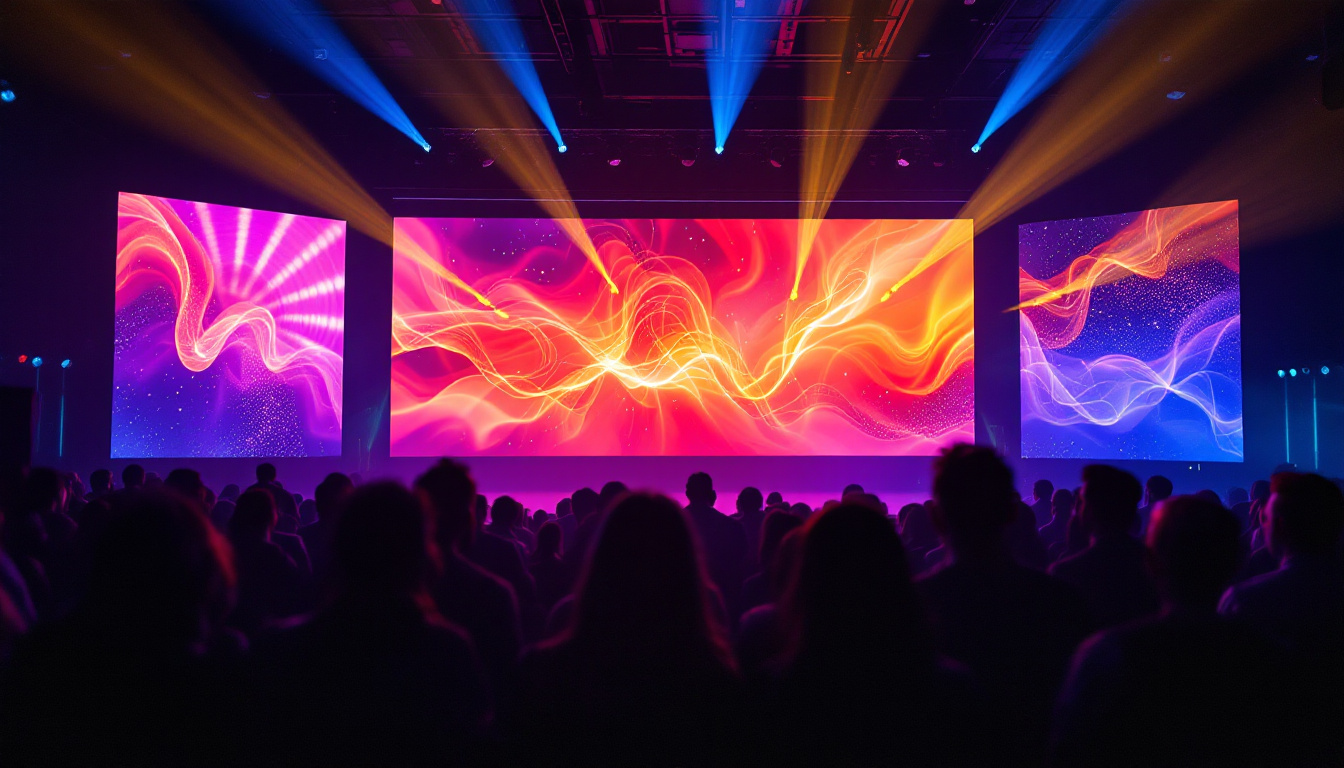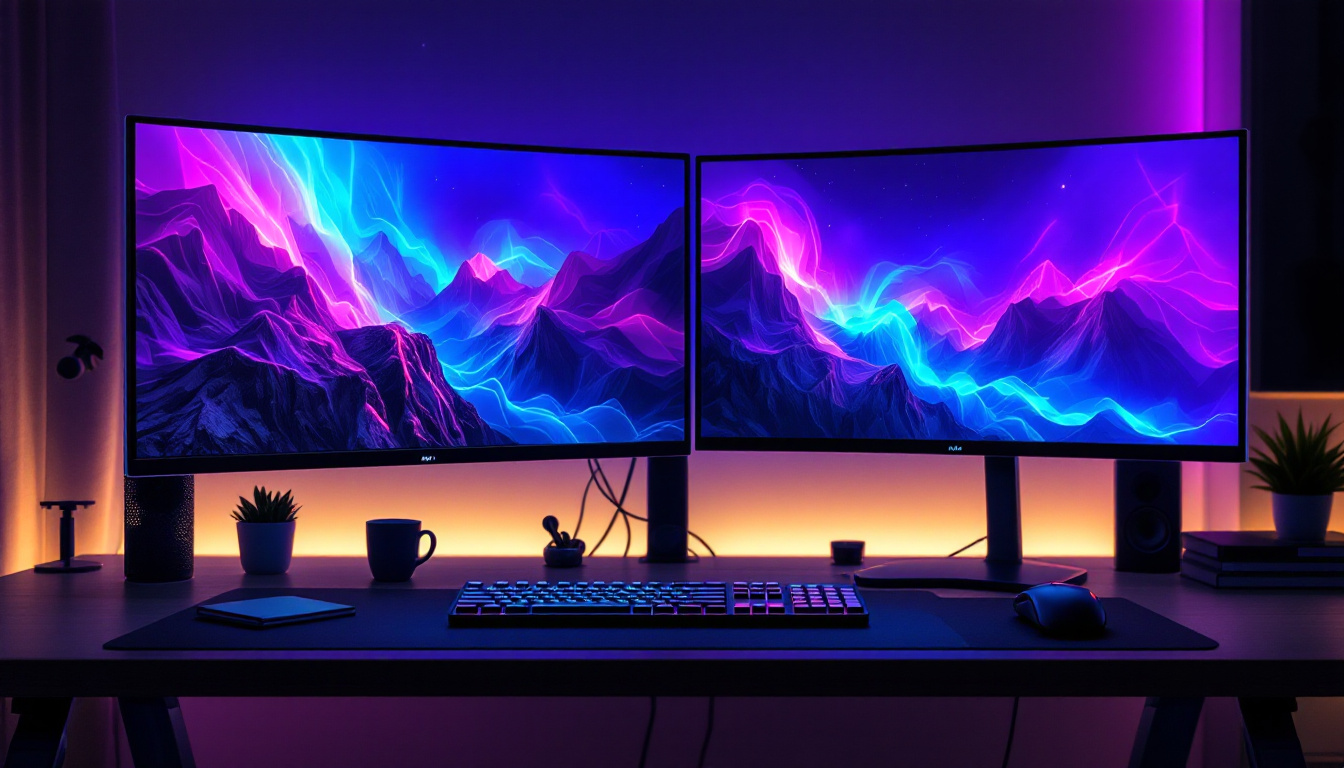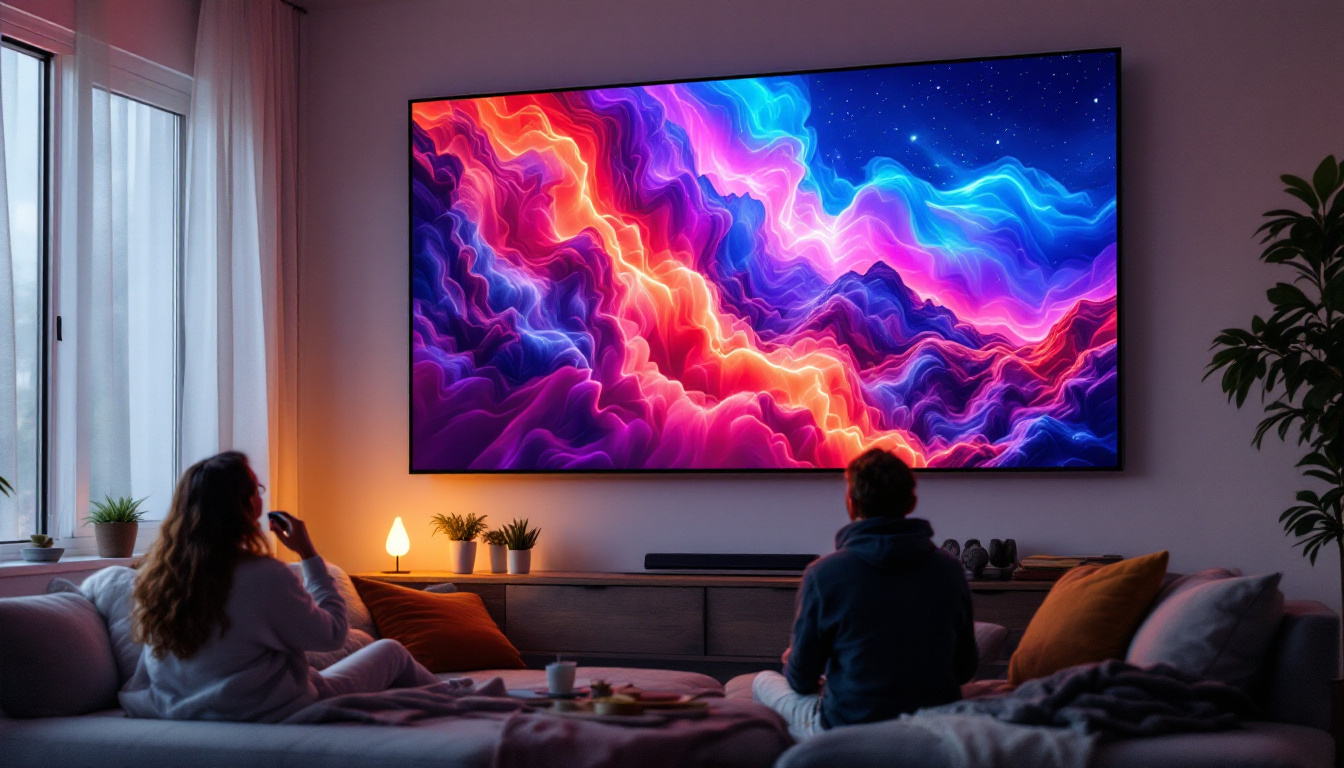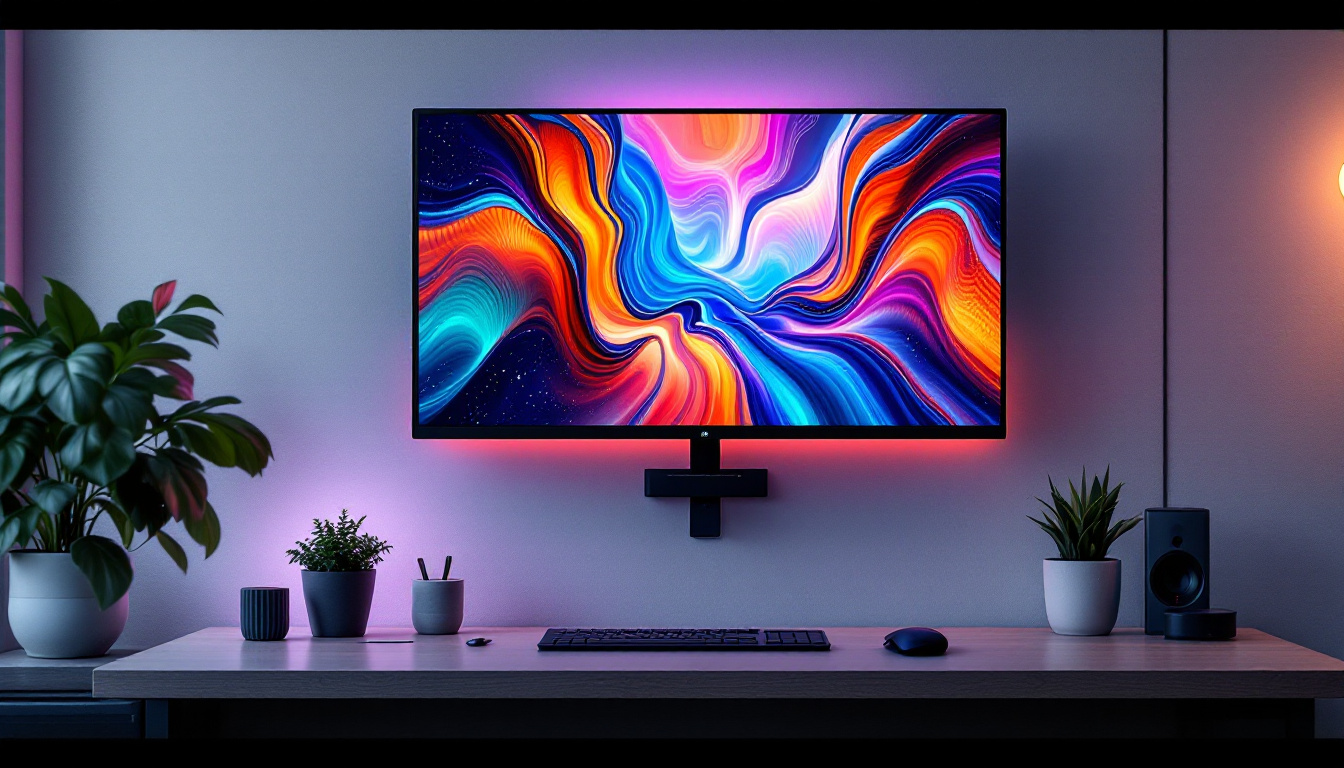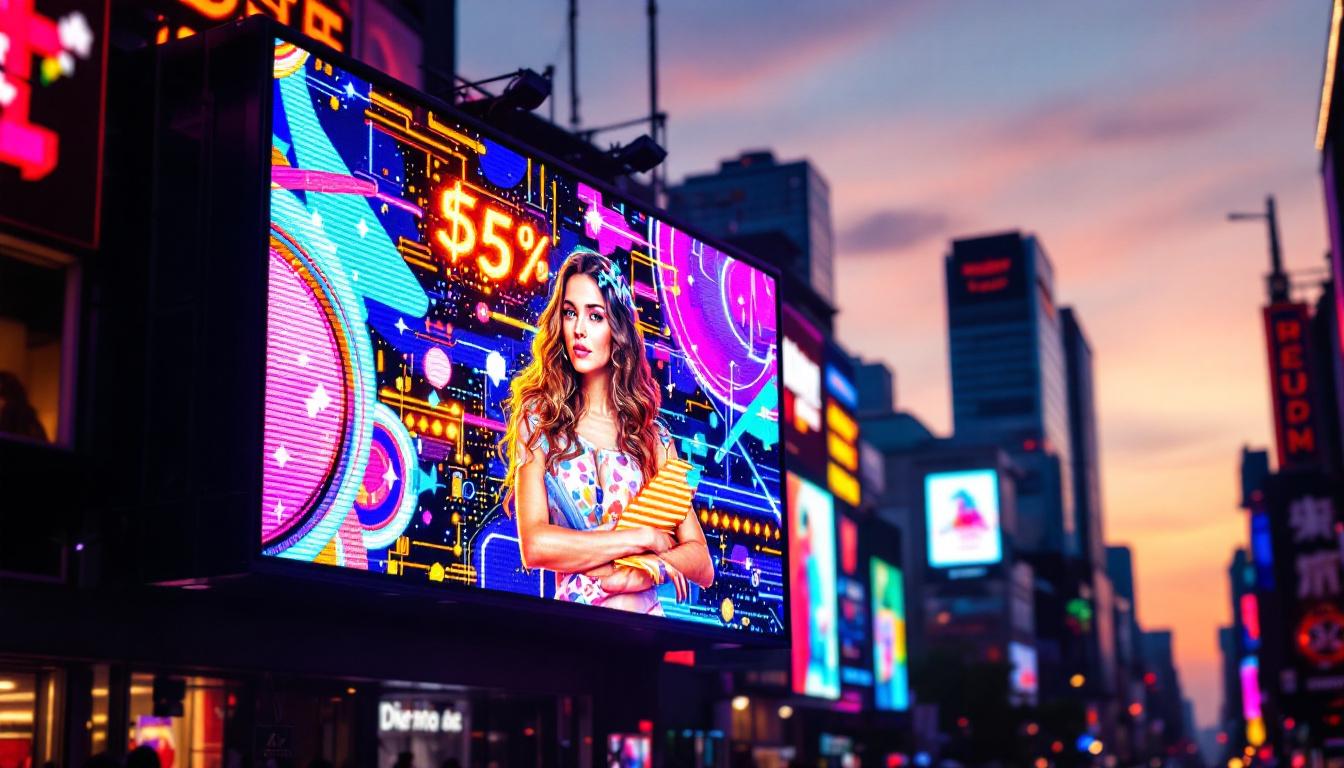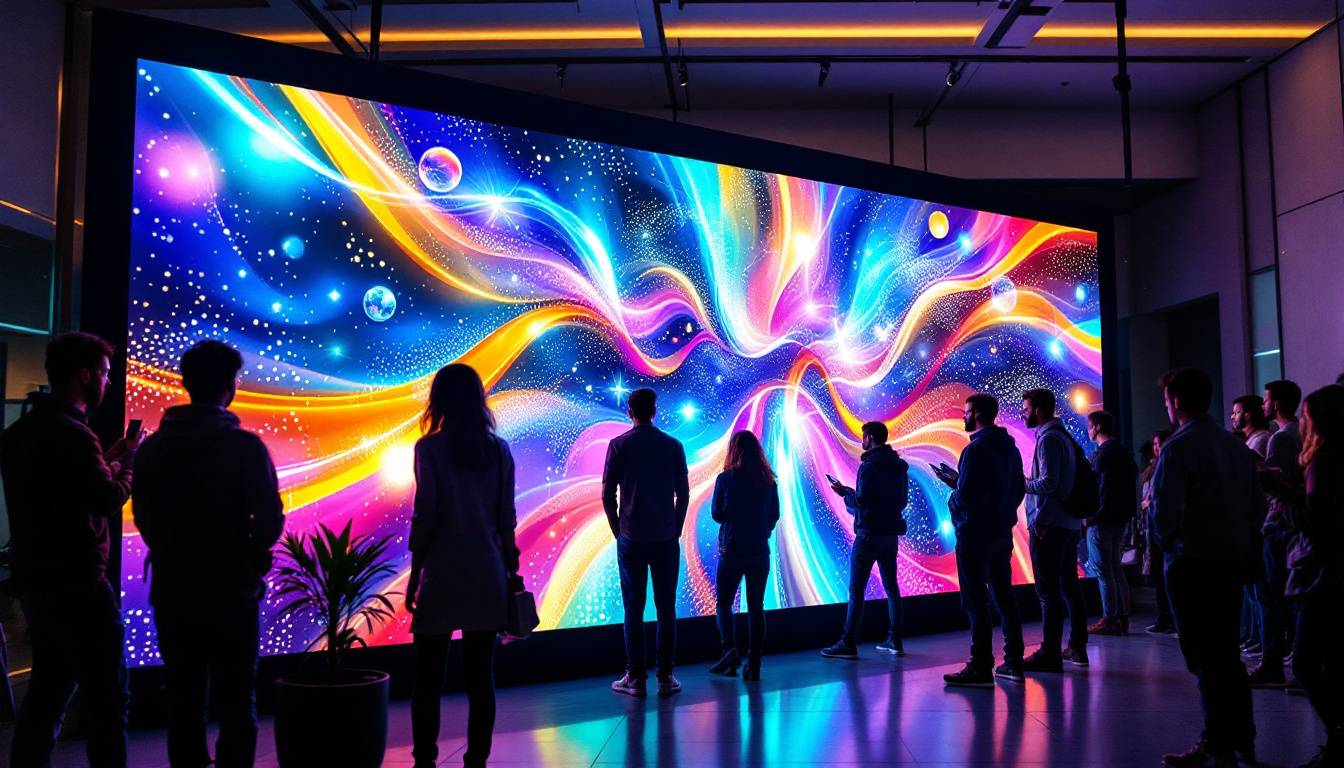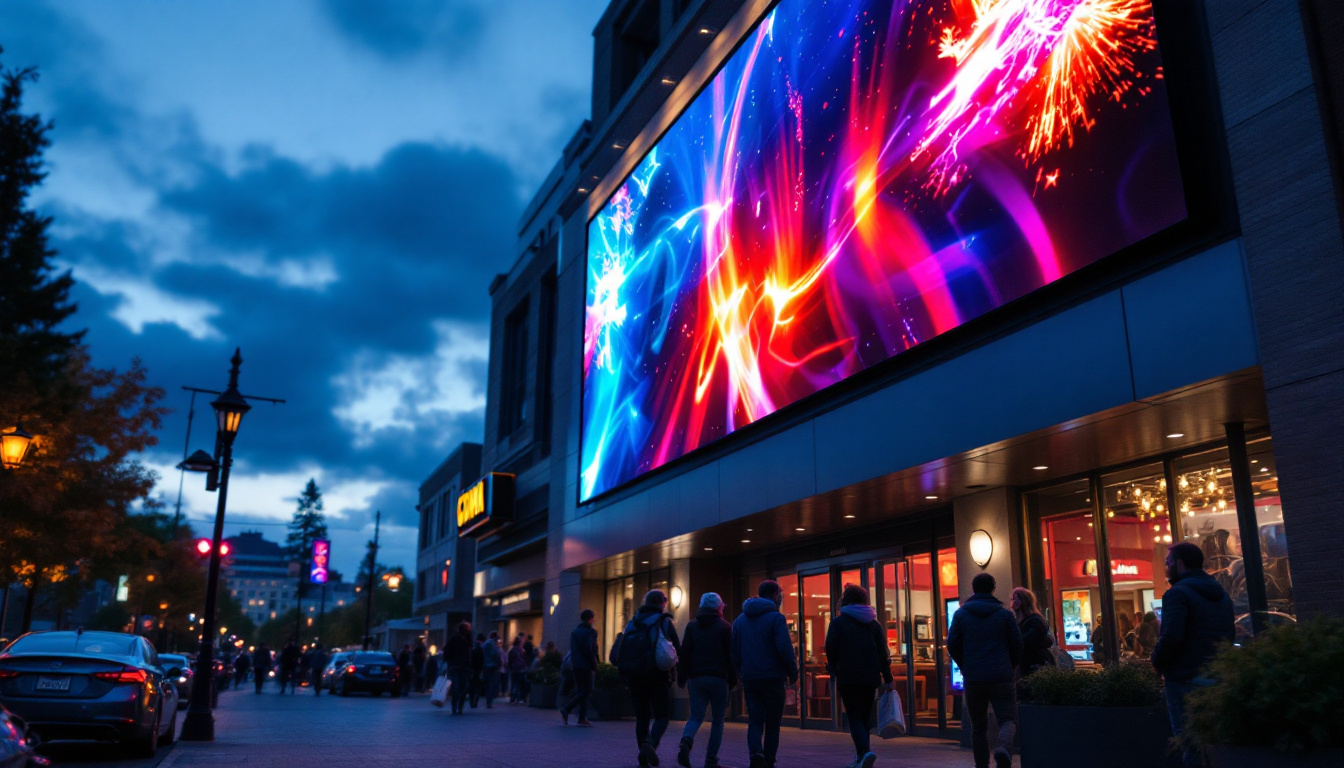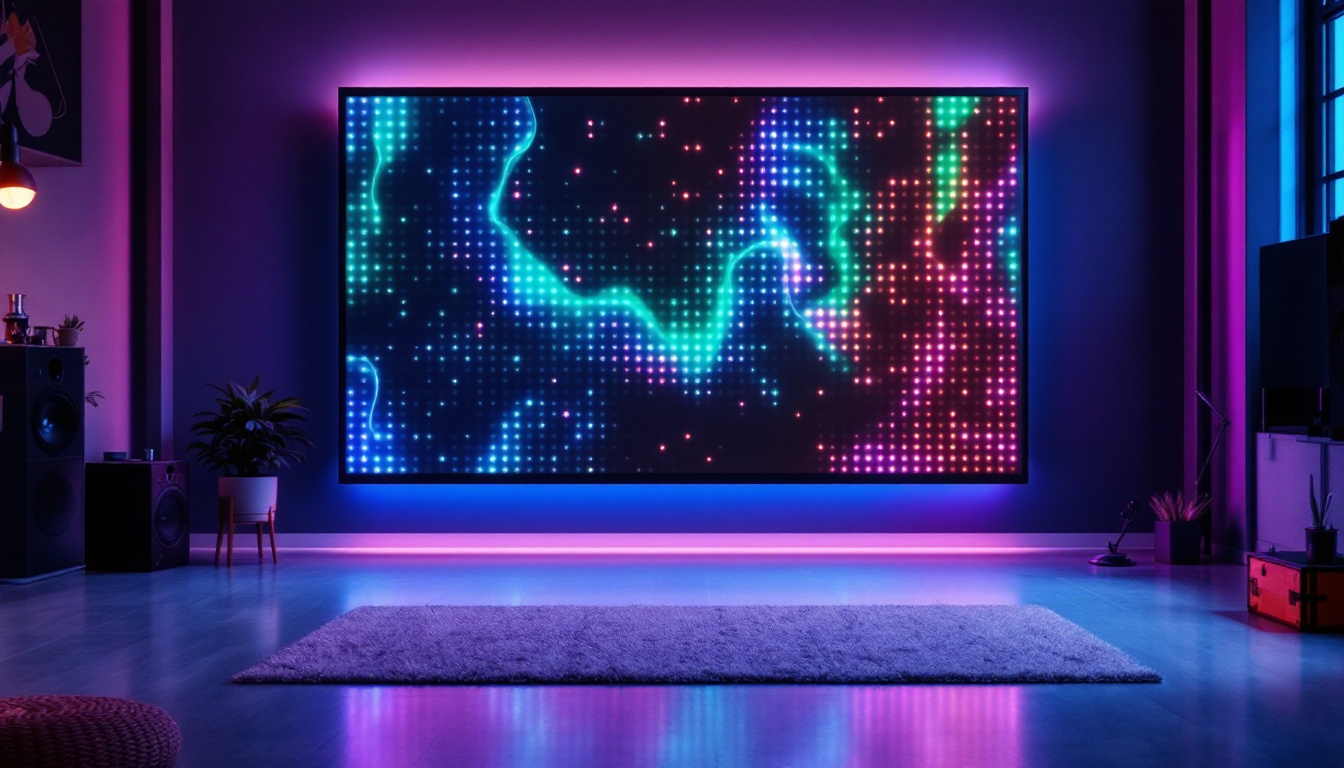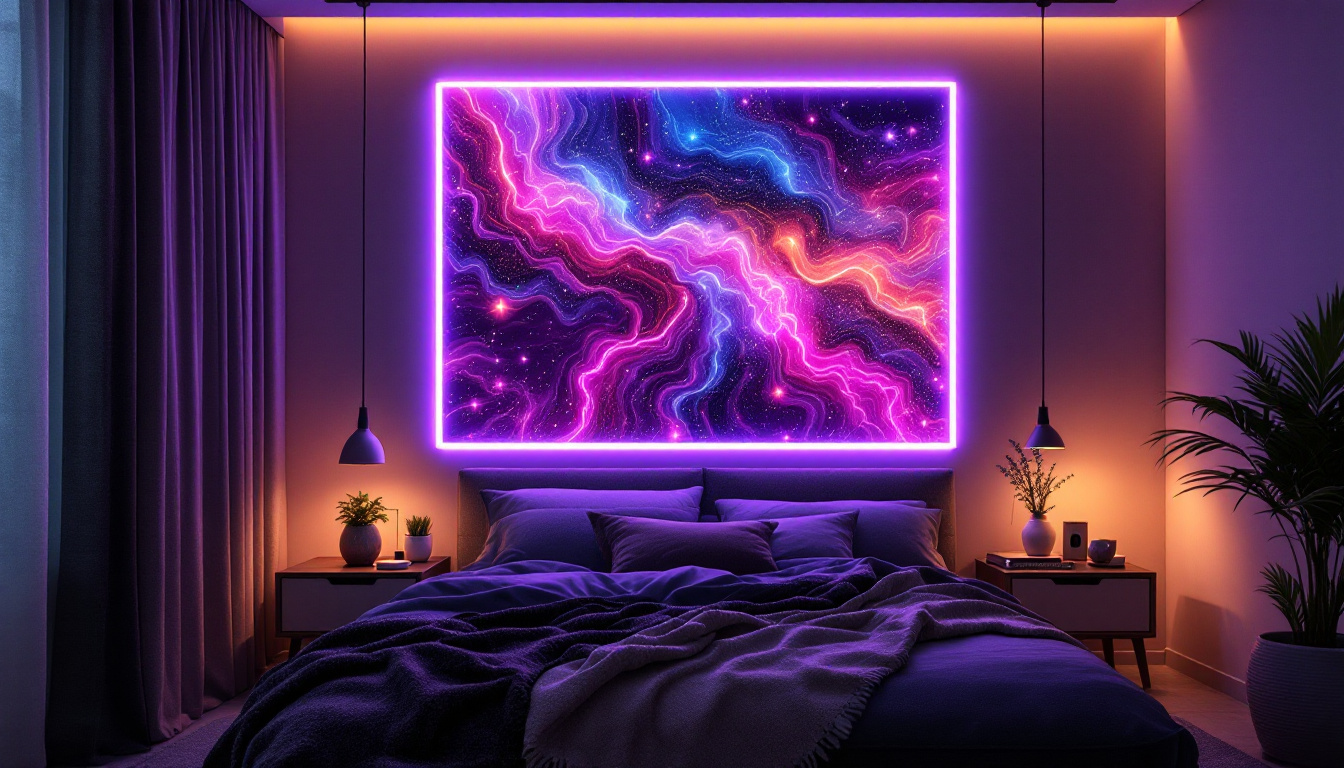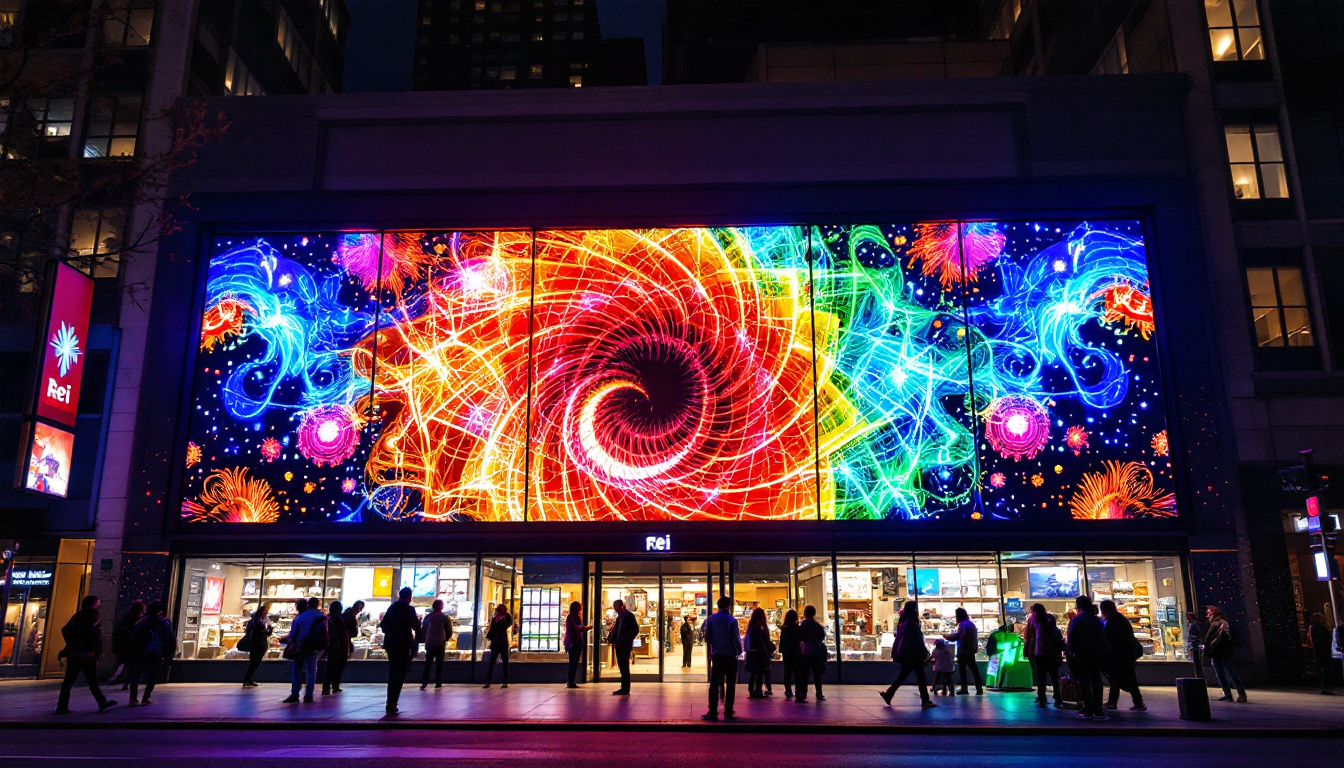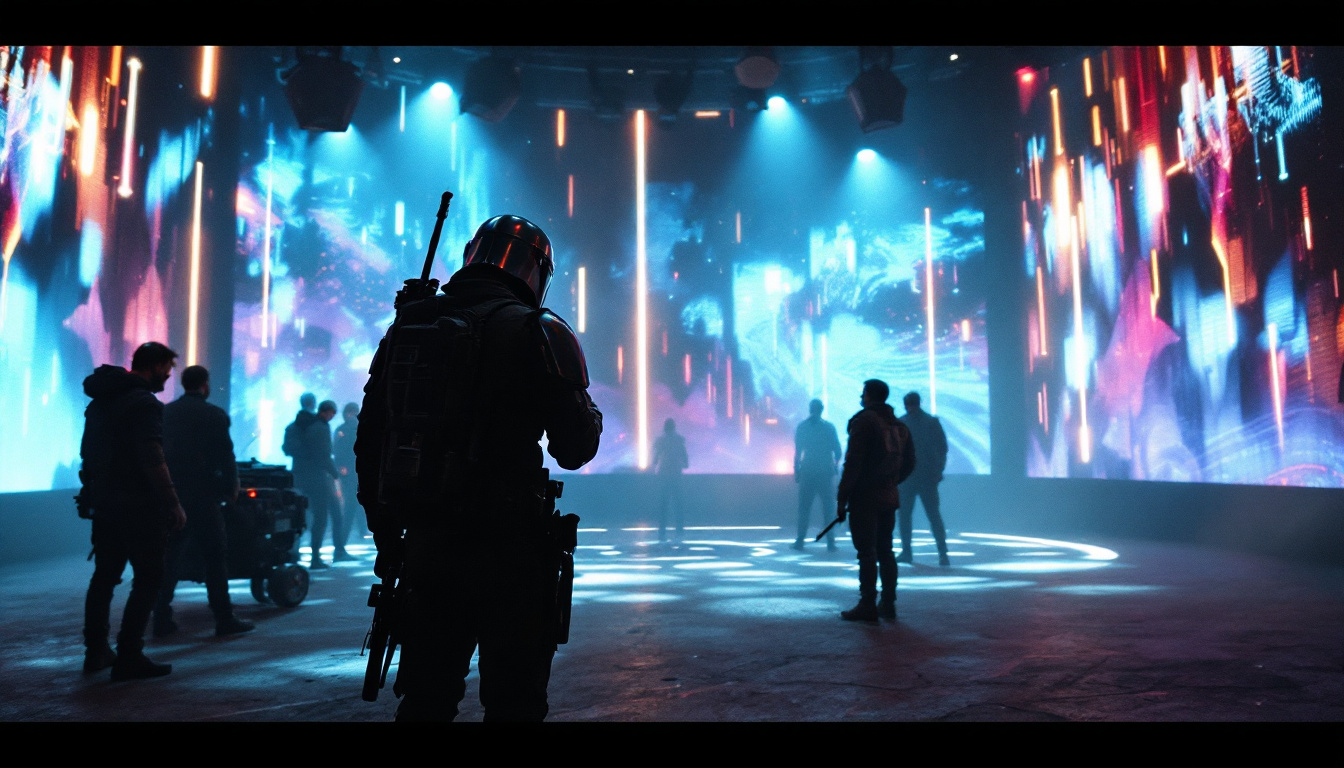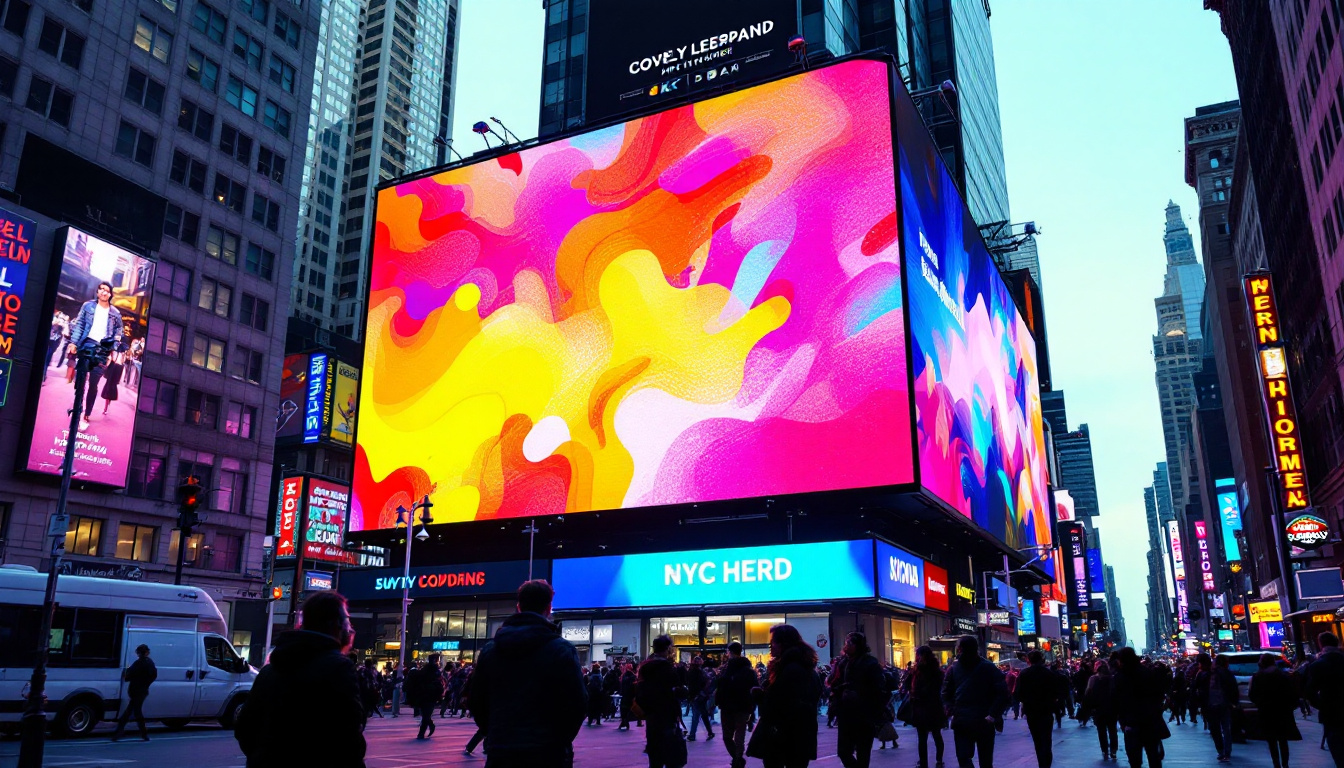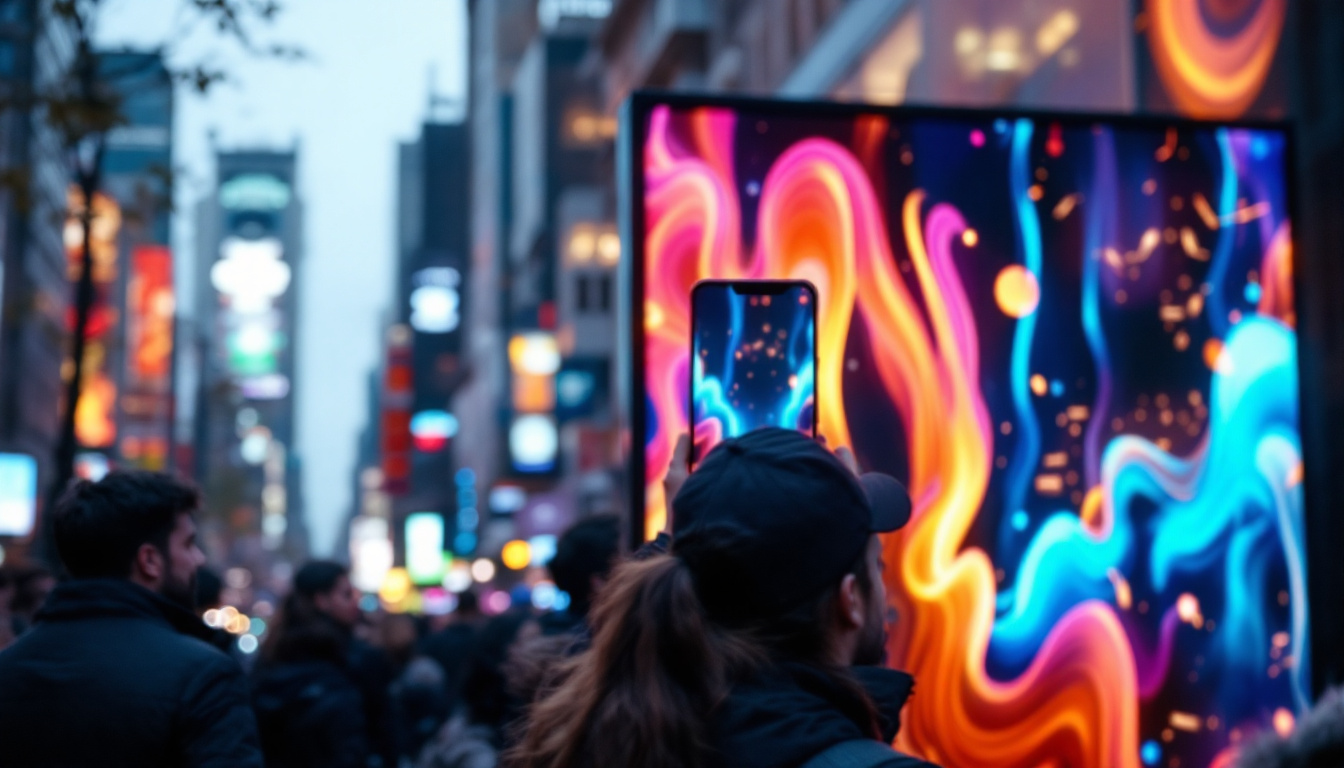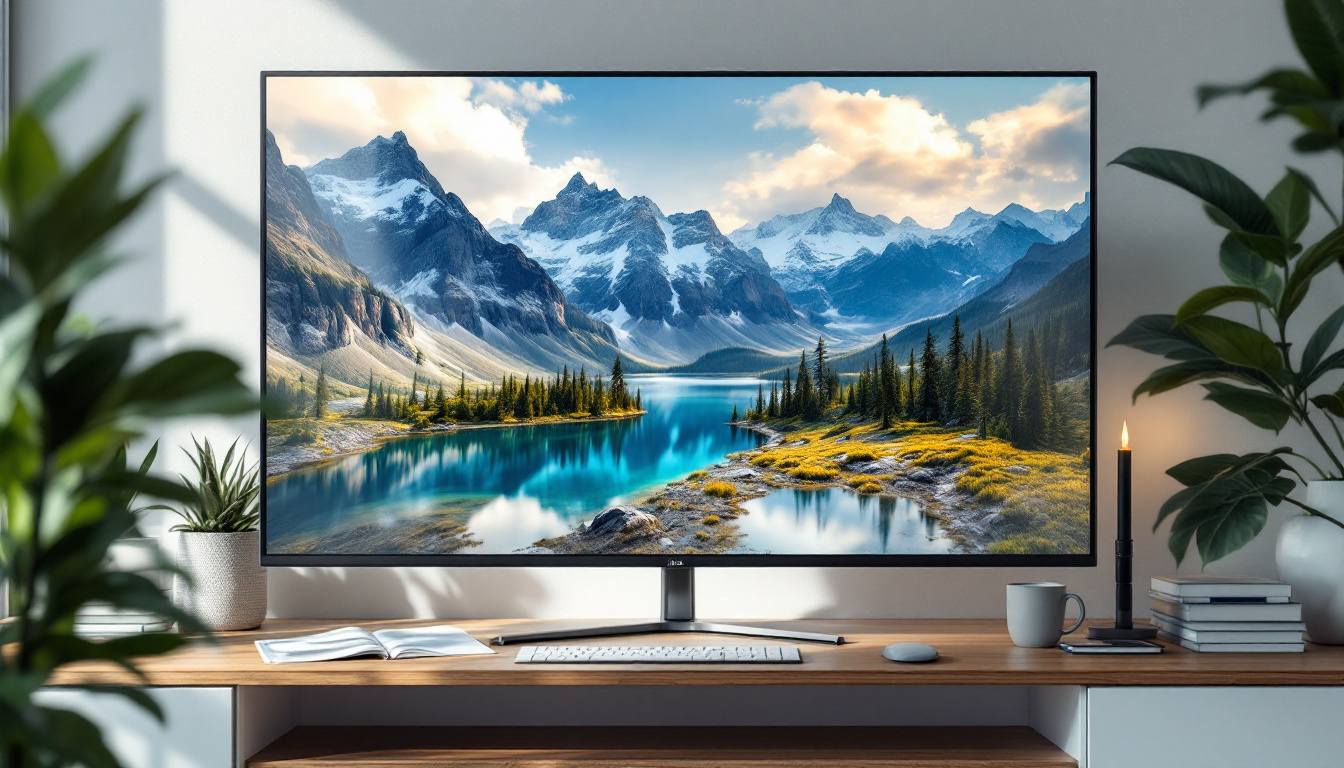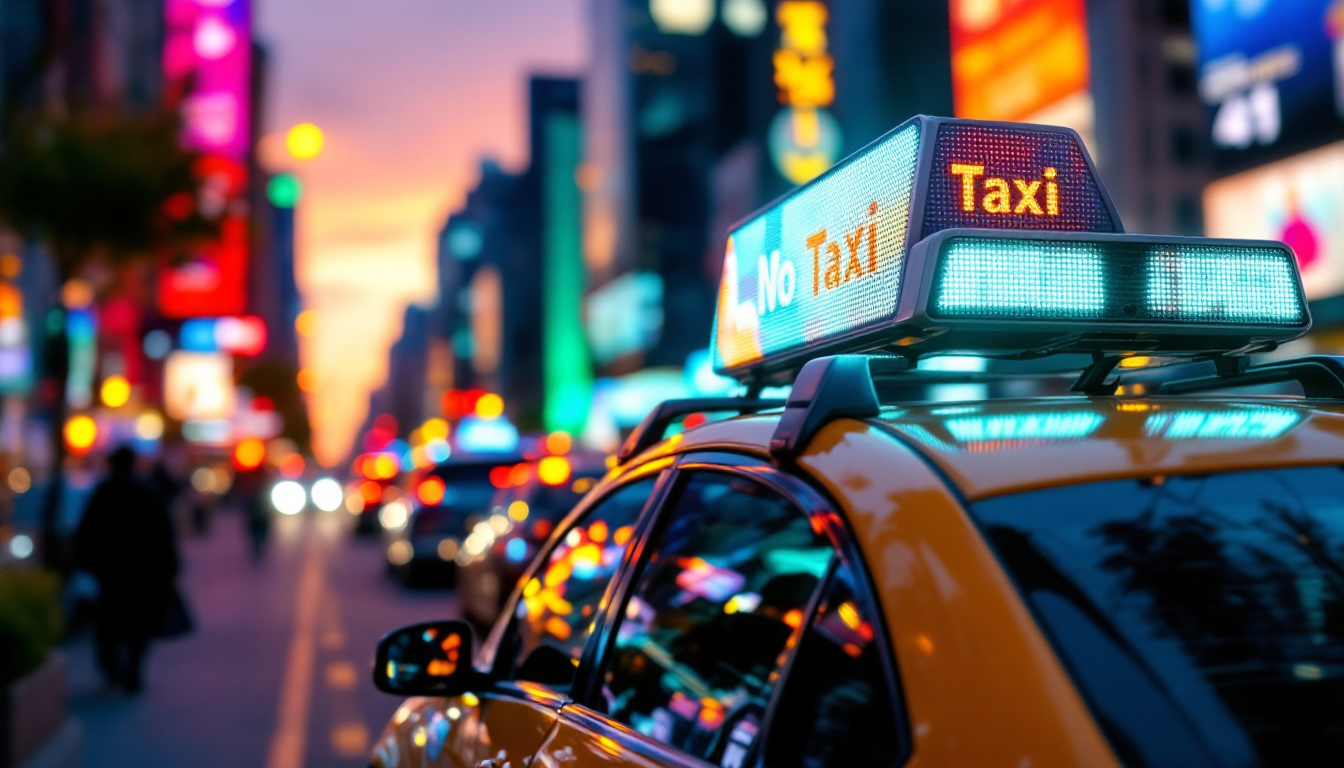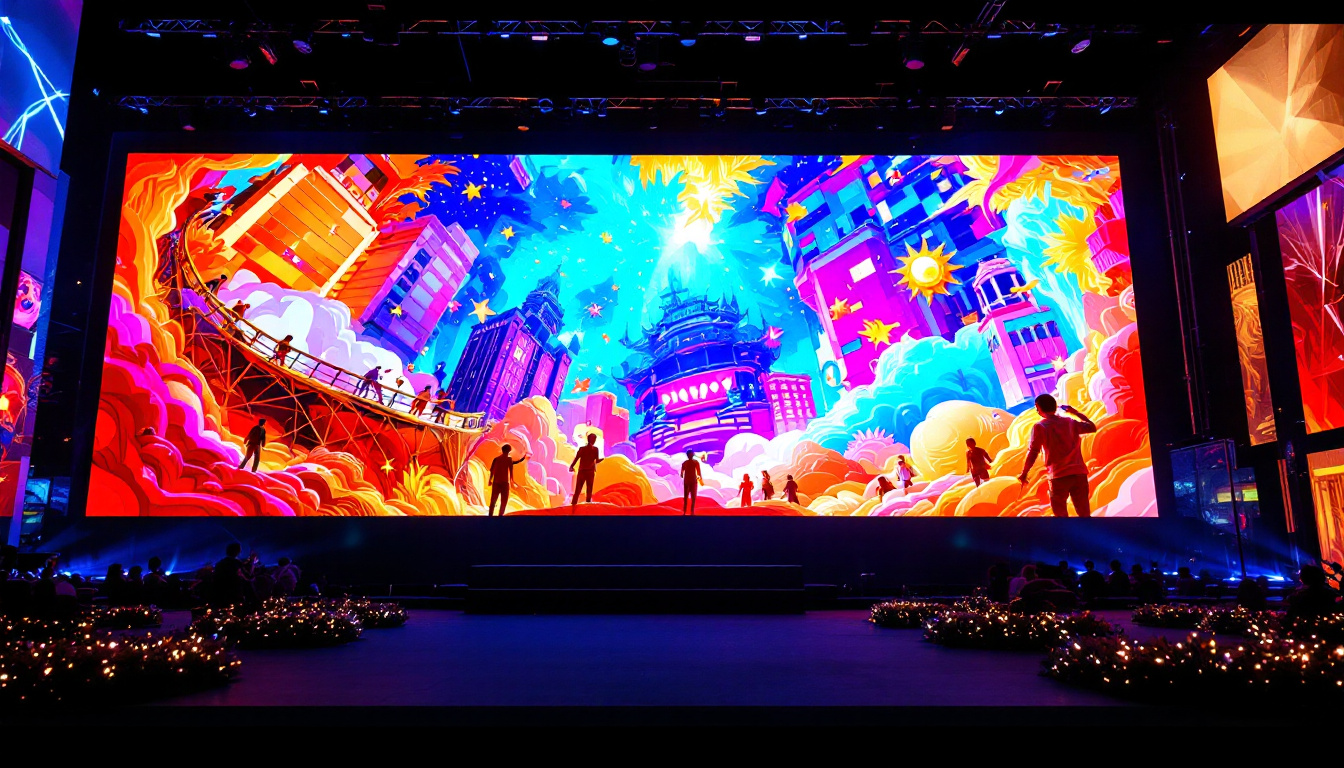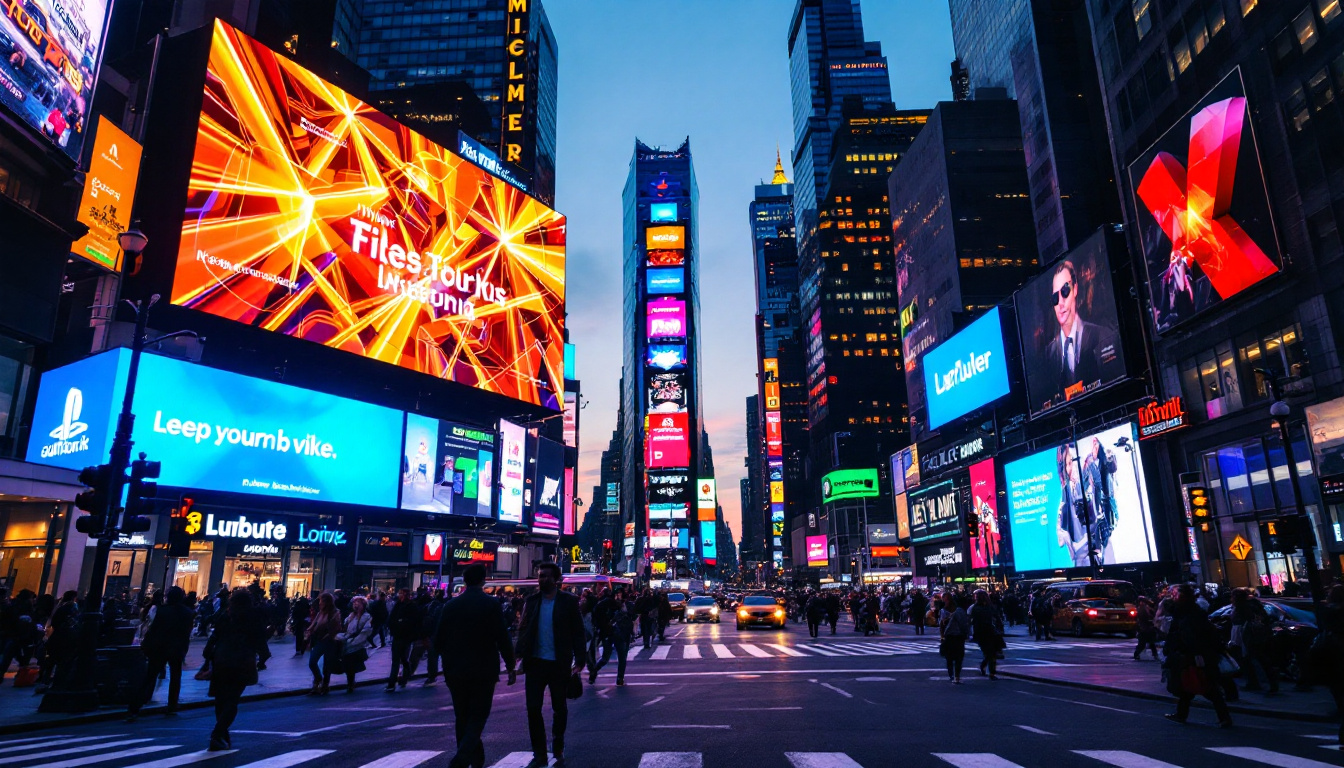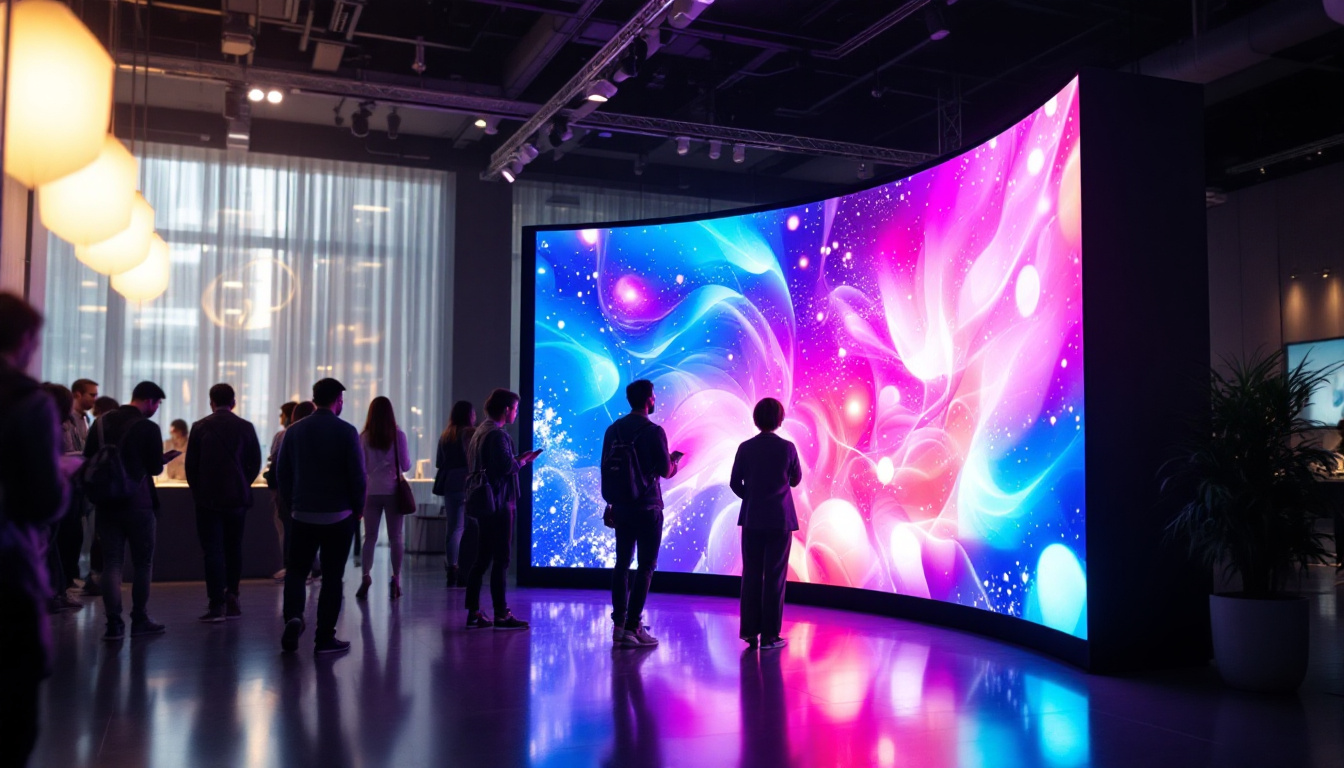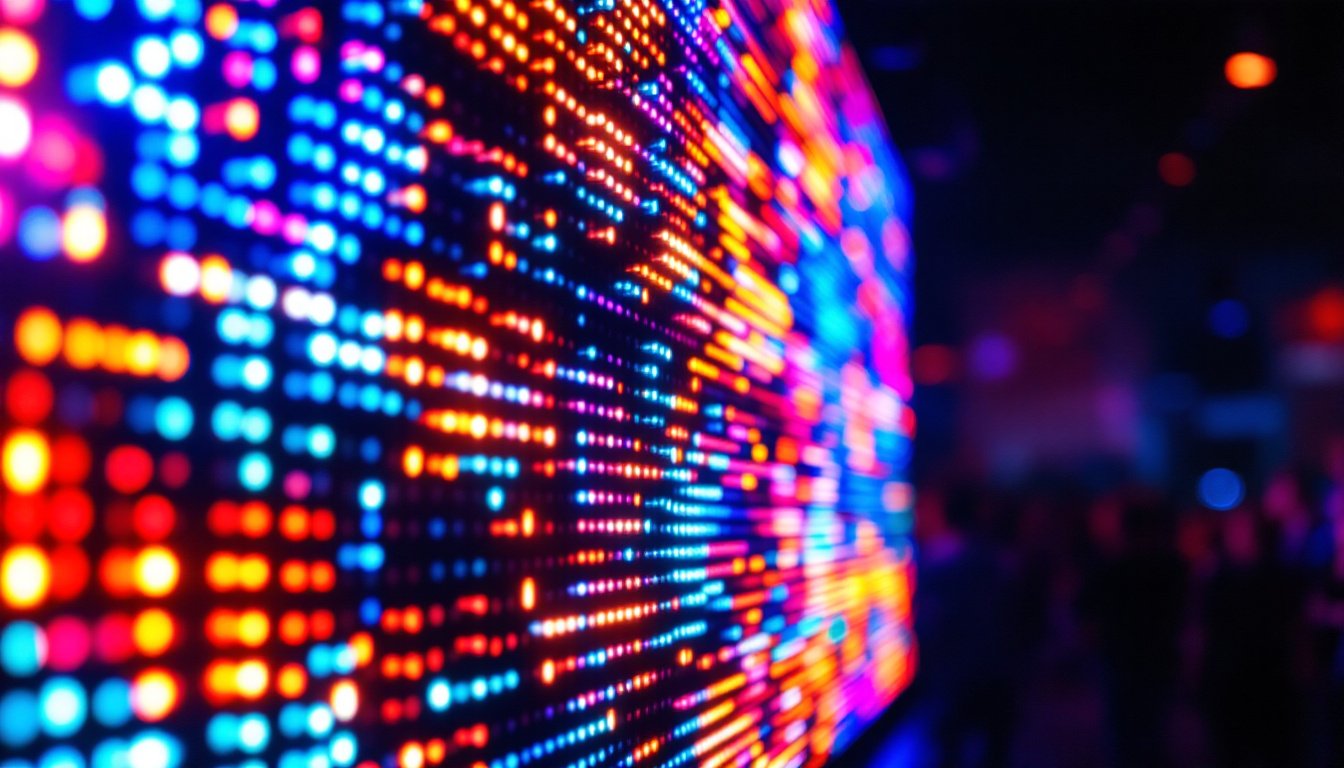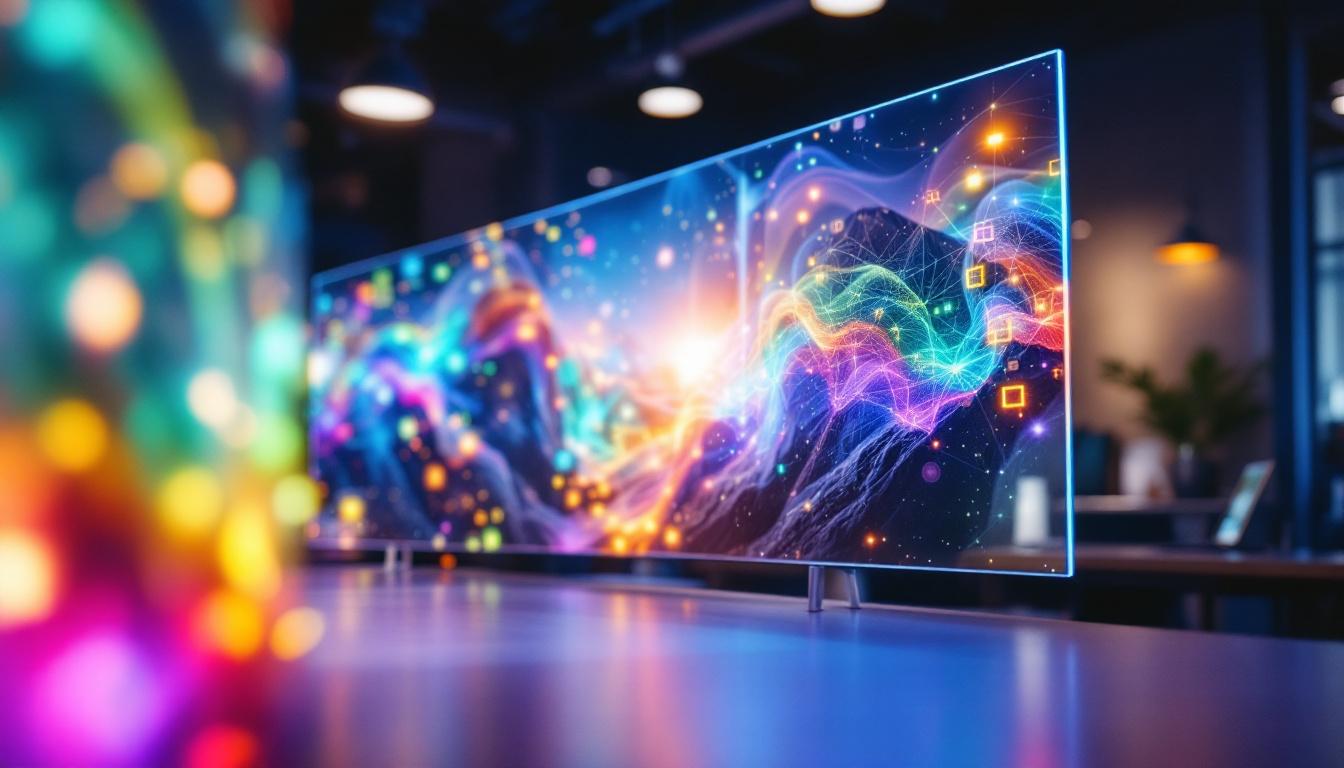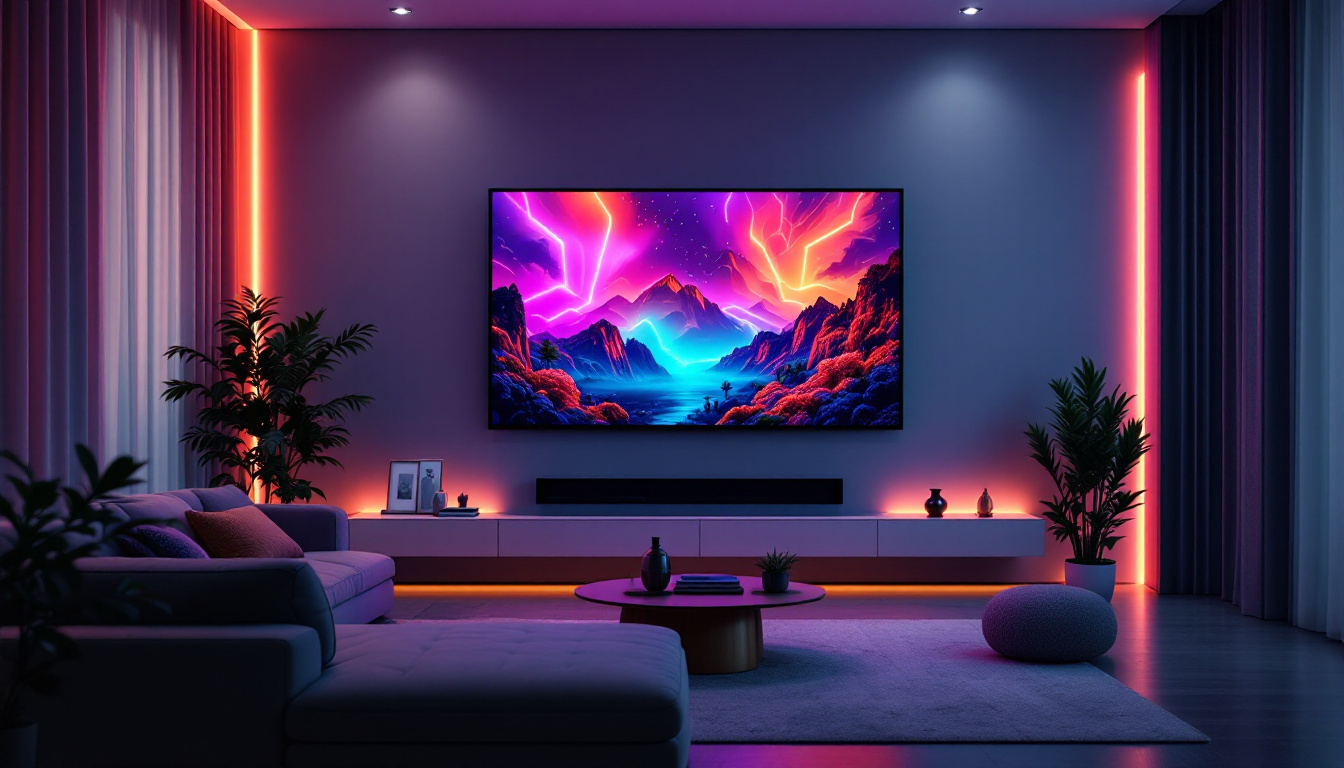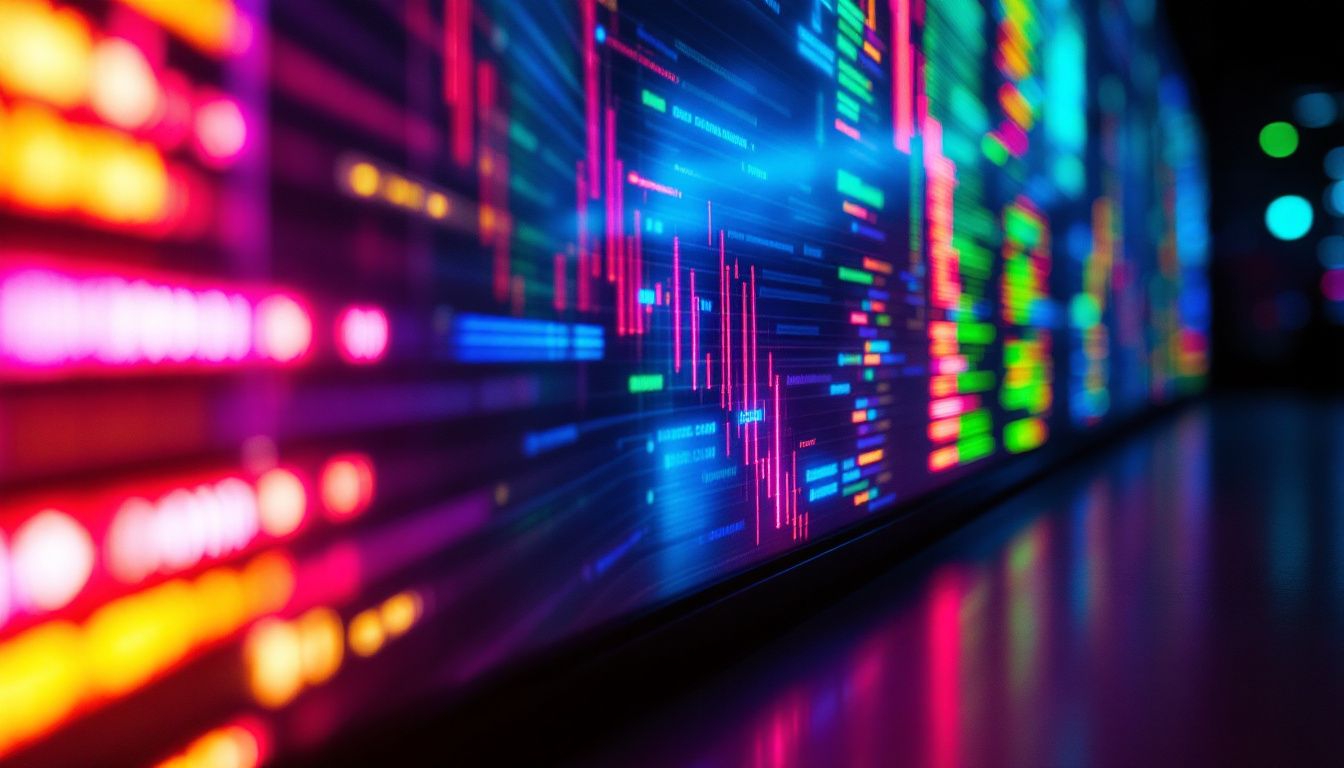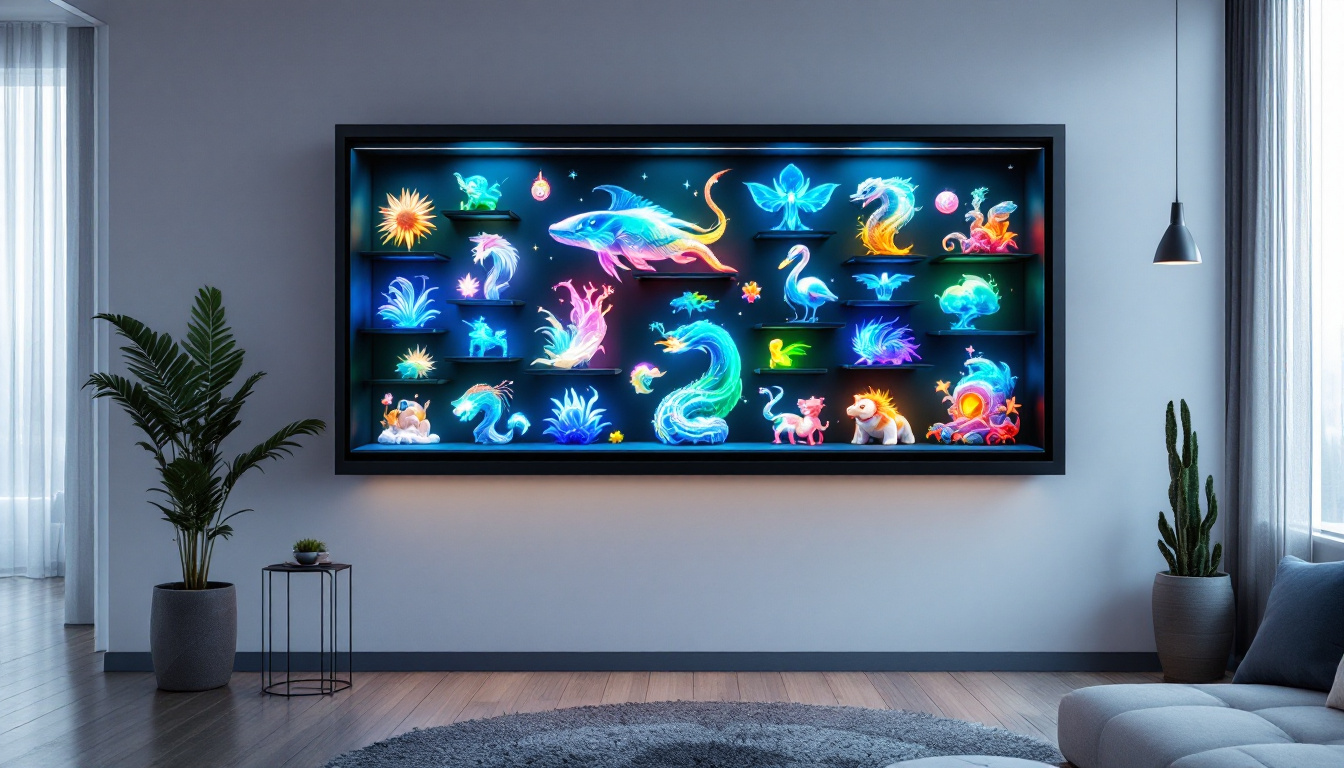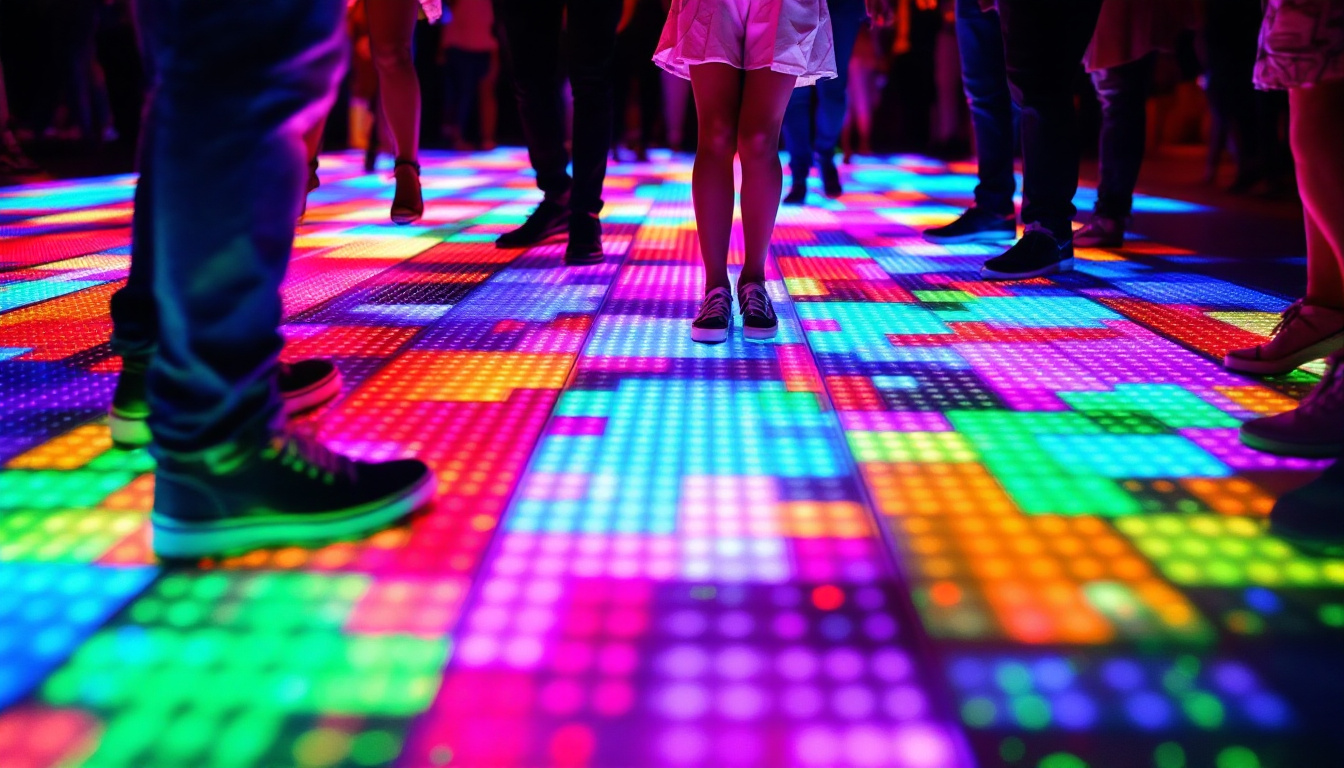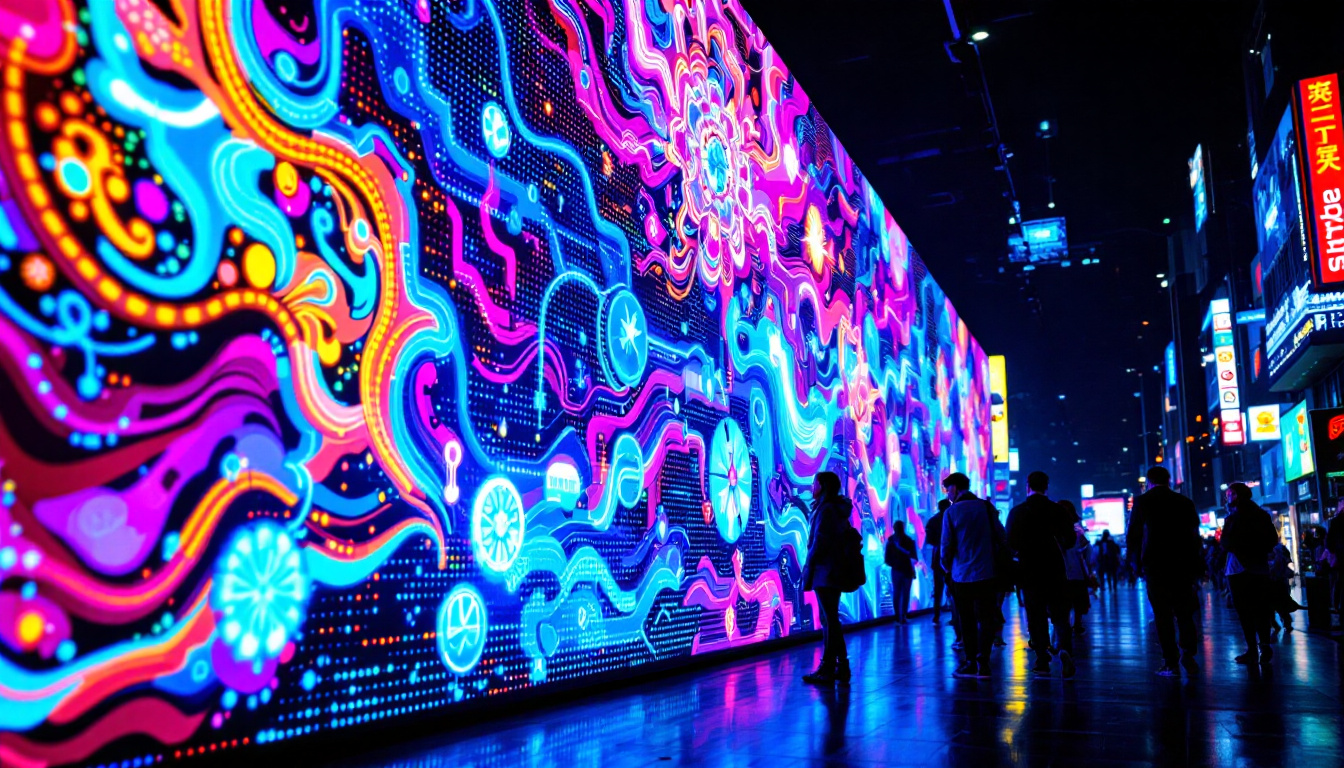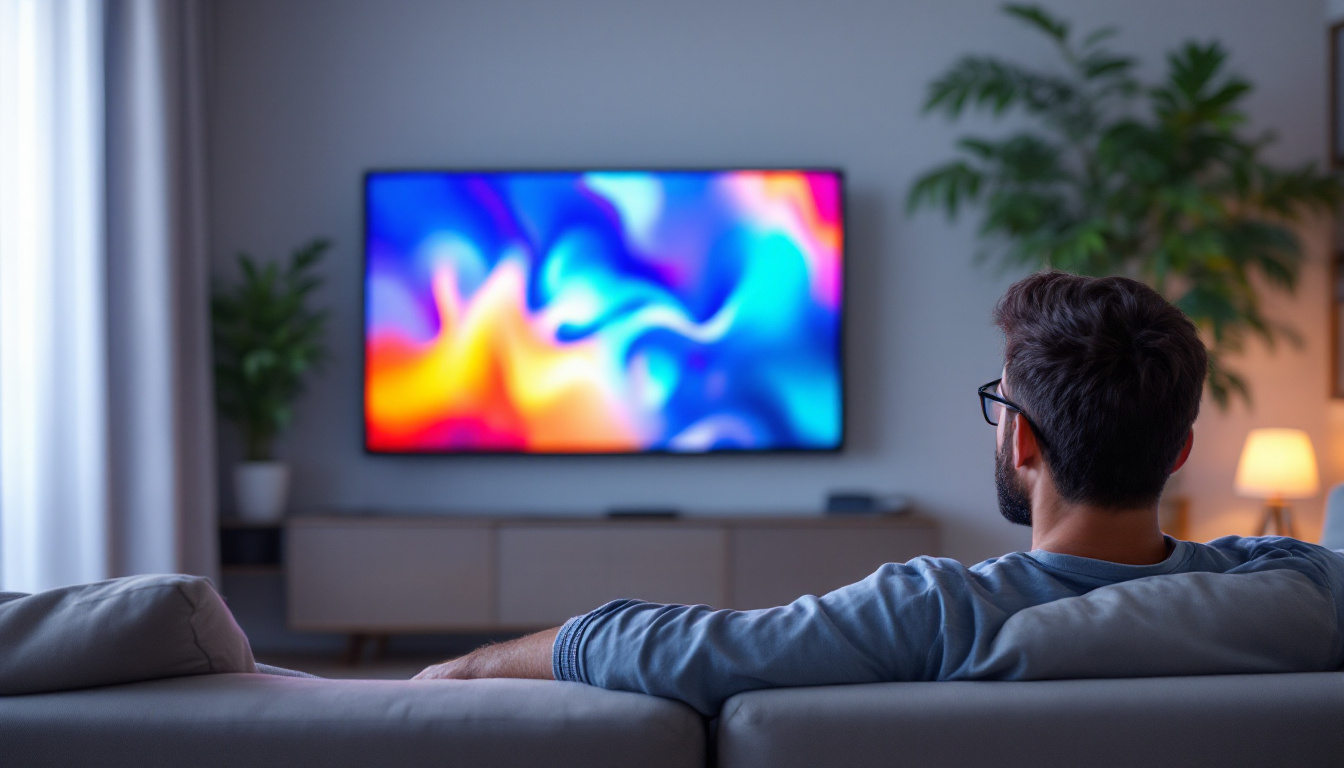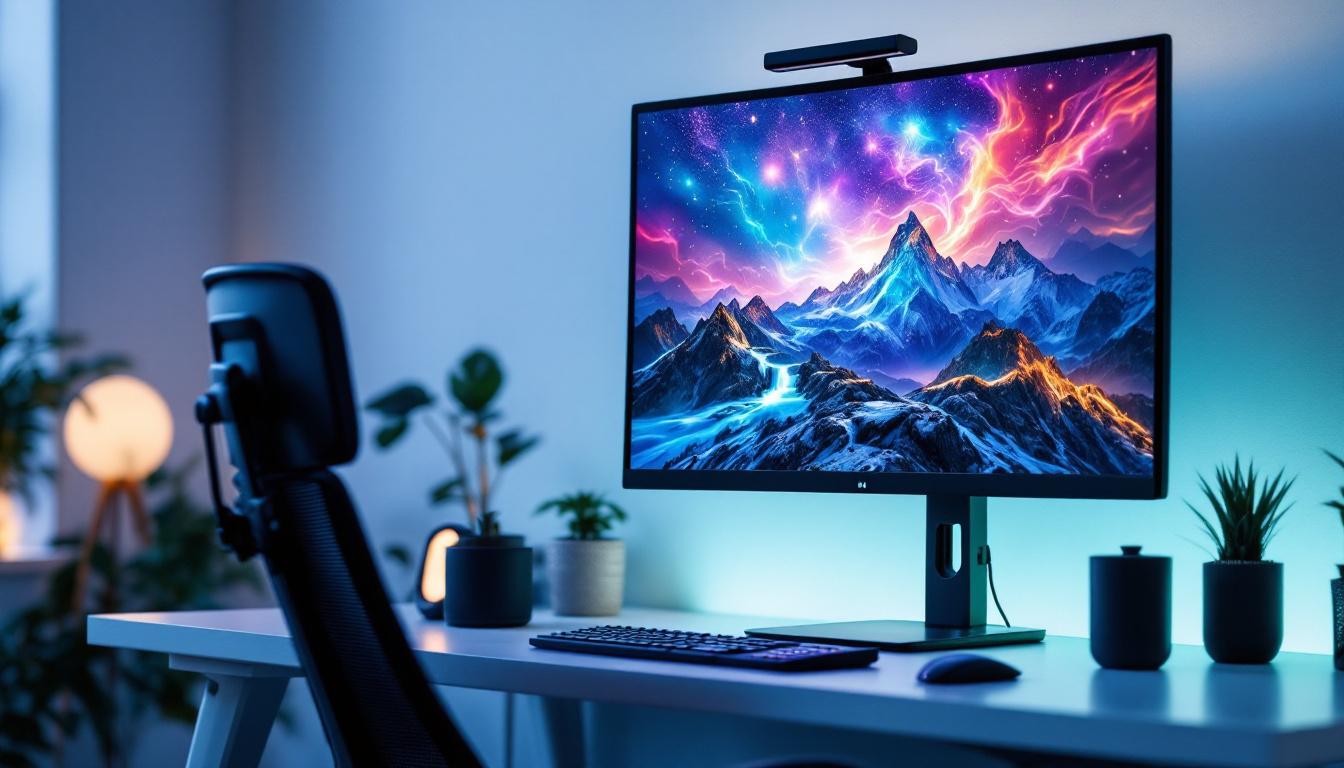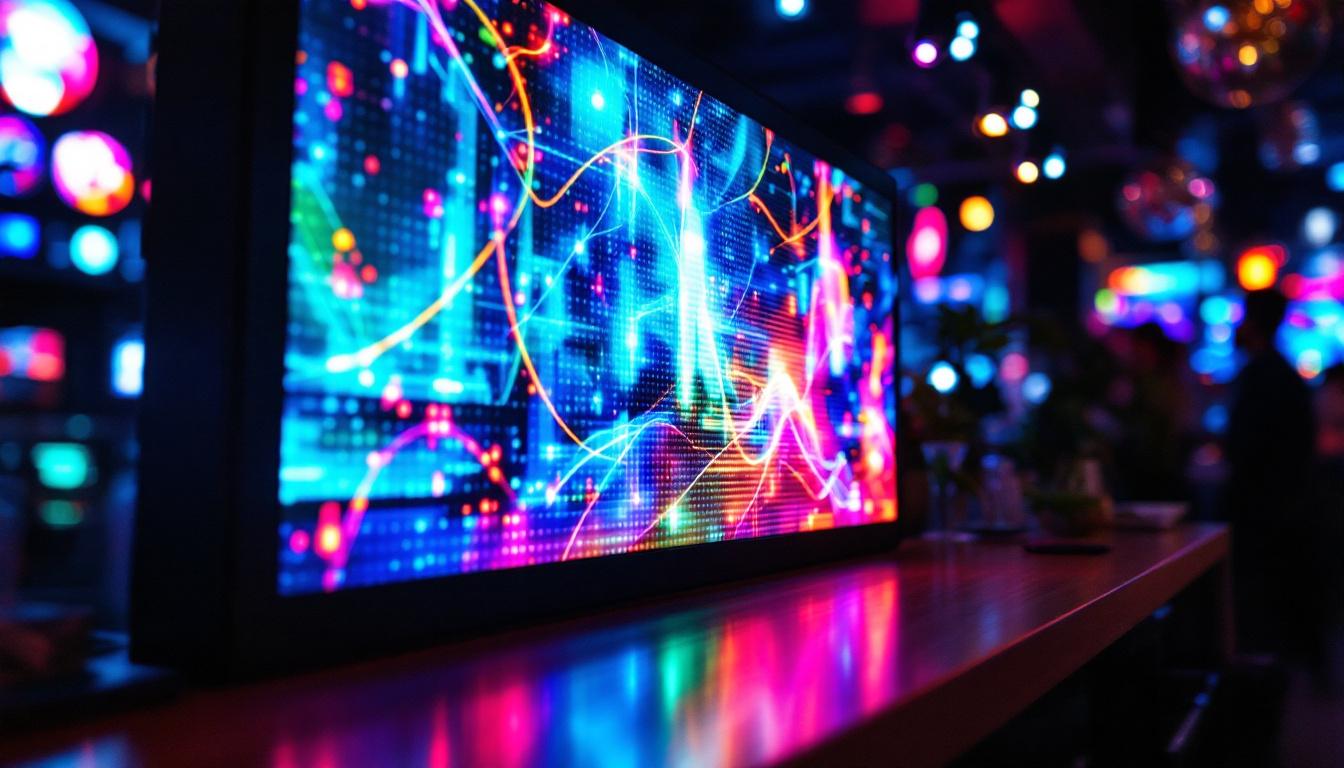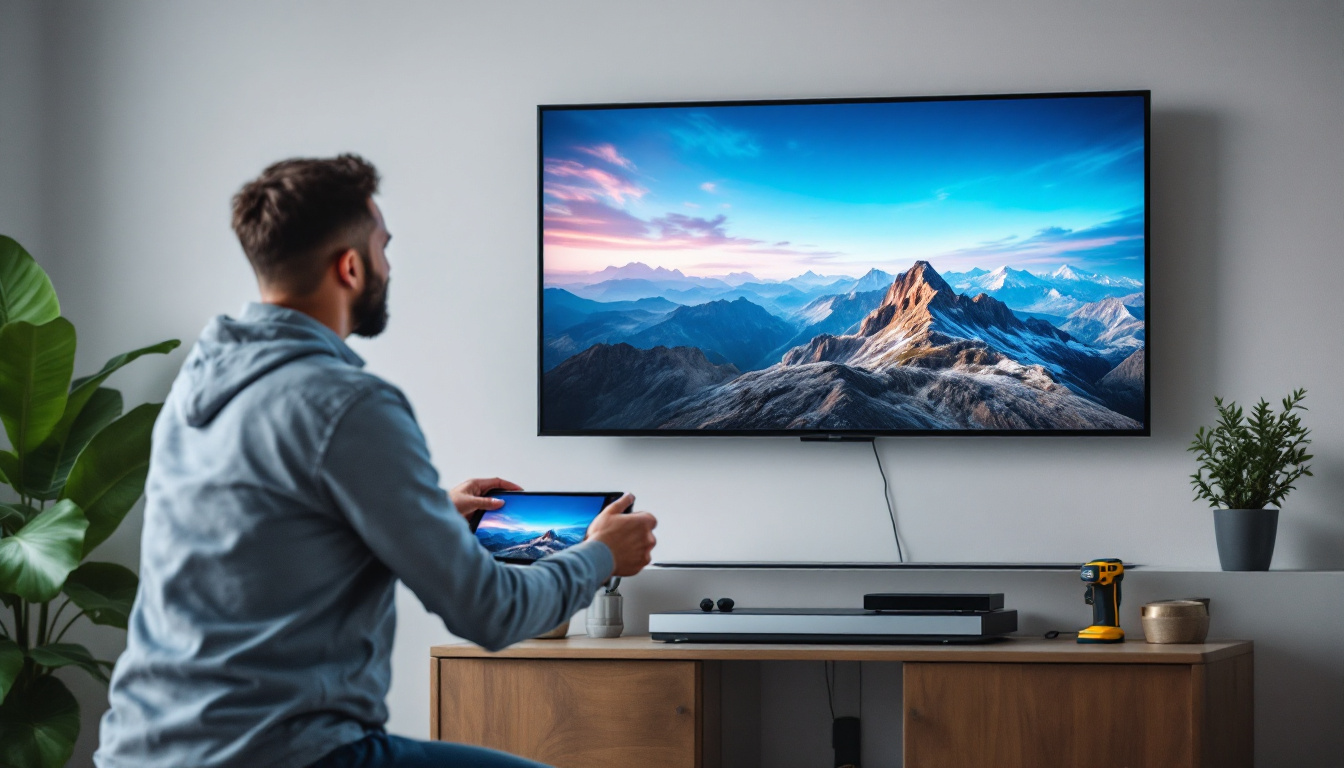In the fast-paced world of the restaurant industry, visual communication plays a crucial role in attracting customers and enhancing their dining experience. One of the most effective tools for achieving this is the LED display. These vibrant screens have transformed the way restaurants present their menus, promotions, and ambiance. This article delves into the various aspects of LED displays, exploring their benefits, applications, and the technology behind them.
Understanding LED Displays
LED, or Light Emitting Diode, displays are electronic screens that utilize semiconductor technology to produce light. They are known for their energy efficiency, brightness, and versatility, making them an ideal choice for restaurants looking to convey information dynamically. The ability to update content instantly means that restaurants can keep their customers informed about daily specials, seasonal offerings, or changes in operating hours, all of which can enhance customer engagement and satisfaction.
How LED Displays Work
At the core of an LED display is a matrix of tiny light-emitting diodes. These diodes emit light when an electric current passes through them. The combination of red, green, and blue diodes allows for a wide spectrum of colors, enabling the display to showcase vibrant images and text. The technology behind LED displays has evolved significantly, allowing for higher resolutions and better image quality. Modern LED displays often feature advanced pixel technology, which enhances clarity and sharpness, making them suitable for both close-up viewing and long-distance visibility.
LED displays can be categorized into two main types: indoor and outdoor. Indoor displays are typically used for menu boards and promotional content, while outdoor displays are designed to withstand various weather conditions and are often used for signage and advertising. Outdoor displays are usually equipped with protective casings and advanced cooling systems to ensure optimal performance, even under direct sunlight or heavy rain, making them a reliable choice for high-traffic areas.
Types of LED Displays
There are several types of LED displays that restaurants can choose from, each serving different purposes:
- digital menu boards: These displays allow restaurants to showcase their menu items dynamically, changing prices and promotions in real-time. The flexibility of digital menu boards also enables restaurants to experiment with different layouts and designs, ensuring that the presentation is always fresh and appealing to customers.
- promotional displays: Used to highlight special offers, events, or new menu items, these displays can capture the attention of passersby. By incorporating eye-catching animations and vibrant colors, promotional displays can effectively draw in potential customers and encourage them to explore the restaurant’s offerings.
- Wayfinding Displays: In larger establishments, LED displays can assist customers in navigating the space, directing them to restrooms, exits, or specific dining areas. These displays can also provide useful information, such as estimated wait times for tables or special events happening within the venue, enhancing the overall customer experience.
Additionally, LED displays can be integrated with social media feeds, allowing restaurants to showcase customer testimonials, user-generated content, or live updates from their social media platforms. This not only creates a sense of community but also encourages patrons to engage with the restaurant online, further promoting brand loyalty. Furthermore, with advancements in technology, some LED displays now come equipped with touch-screen capabilities, enabling customers to interact directly with the display for ordering or browsing menus, which can streamline the dining experience and reduce wait times.
The Benefits of LED Displays in Restaurants
Implementing LED displays in a restaurant setting offers numerous advantages that can enhance both operational efficiency and customer experience.
Enhanced Visibility and Attractiveness
One of the primary benefits of LED displays is their brightness and clarity. These screens are visible even in direct sunlight, making them ideal for outdoor signage. The vibrant colors and high contrast can attract the attention of potential customers, drawing them into the restaurant.
Moreover, the dynamic nature of LED displays allows restaurants to change their content frequently. This flexibility means that promotions can be updated instantly, ensuring that customers are always aware of the latest offerings. For instance, a restaurant can showcase daily specials, happy hour deals, or seasonal menus, all in real-time, which can significantly boost sales during peak hours. This adaptability not only keeps the content fresh but also encourages repeat visits from patrons who want to experience new dishes or limited-time offers.
Cost-Effectiveness and Efficiency
While the initial investment in LED technology can be significant, the long-term savings are substantial. LED displays consume less power compared to traditional signage, leading to lower electricity bills. Additionally, the durability of LED technology means that maintenance costs are reduced, as these displays have a longer lifespan than other types of signage.
Furthermore, the ability to update content remotely eliminates the need for printing new materials, saving both time and resources. This is particularly beneficial for restaurants that frequently change their menus or run special promotions. By streamlining the process of updating information, staff can focus more on customer service and less on logistical tasks. Additionally, the use of LED displays can also enhance branding efforts, as restaurants can create visually appealing advertisements that align with their overall theme and atmosphere, ultimately reinforcing their identity in a competitive market.
Applications of LED Displays in Restaurants
LED displays can be utilized in various ways within a restaurant, enhancing both the customer experience and operational efficiency.
Menu Display and Customization
Digital menu boards have become increasingly popular in restaurants of all types. They allow for easy customization of menu items, pricing, and availability. This is particularly beneficial for establishments that frequently change their offerings based on seasonal ingredients or special events.
Additionally, digital menus can incorporate images and animations, making the dining experience more engaging. Customers are more likely to be drawn to visually appealing displays, which can lead to increased sales of featured items.
Promotions and Marketing
LED displays serve as powerful marketing tools. Restaurants can use them to promote limited-time offers, happy hour specials, or new menu items. The ability to change content quickly means that marketing campaigns can be adapted in real-time based on customer response or inventory levels.
Moreover, the integration of social media feeds or customer reviews on LED displays can enhance credibility and encourage new customers to visit the restaurant.
Entertainment and Ambiance
In addition to functional uses, LED displays can contribute to the overall ambiance of a restaurant. For example, they can showcase live sports events, music videos, or artistic visuals that align with the restaurant’s theme. This not only entertains customers but also creates a vibrant atmosphere that encourages them to stay longer and enjoy their experience.
Choosing the Right LED Display for Your Restaurant
When selecting an LED display for a restaurant, several factors should be considered to ensure it meets the establishment’s needs.
Size and Resolution
The size of the LED display should be proportional to the space it will occupy. A larger display may be necessary for outdoor signage to ensure visibility from a distance, while smaller displays may suffice for indoor menu boards. Additionally, resolution plays a critical role in the clarity of the images and text displayed. Higher resolution displays provide better image quality, which is essential for showcasing food items effectively.
Location and Environment
Consideration of the display’s location is crucial. Outdoor displays must be weather-resistant and capable of withstanding varying environmental conditions. Indoor displays, on the other hand, should be positioned to maximize visibility without obstructing the flow of customer traffic.
Content Management System
A user-friendly content management system (CMS) is essential for efficiently updating and managing the display’s content. Restaurants should look for systems that allow for easy scheduling, remote access, and integration with existing point-of-sale systems. This will streamline operations and ensure that the content remains fresh and relevant.
Future Trends in LED Display Technology
The LED display industry is continually evolving, and several trends are shaping the future of this technology in the restaurant sector.
Interactive Displays
As technology advances, interactive LED displays are becoming more prevalent. These displays allow customers to engage directly with the content, such as placing orders or customizing menu items through touch screens. This not only enhances the customer experience but also reduces wait times and improves order accuracy.
Integration with Augmented Reality
Augmented reality (AR) is another exciting trend that is making its way into the restaurant industry. By integrating AR with LED displays, restaurants can create immersive experiences for customers. For example, customers could use their smartphones to view 3D representations of menu items or receive additional information about ingredients and preparation methods.
Sustainability and Energy Efficiency
As environmental concerns continue to grow, the demand for sustainable technology is increasing. Future LED displays are likely to focus on even greater energy efficiency and eco-friendly materials. Restaurants that adopt these technologies will not only reduce their carbon footprint but also appeal to environmentally conscious consumers.
Conclusion
LED displays have revolutionized the way restaurants communicate with their customers. From dynamic menu boards to engaging promotional content, these displays offer a multitude of benefits that enhance both the dining experience and operational efficiency. As technology continues to advance, the potential applications of LED displays will only expand, making them an essential tool for modern restaurants.
By understanding the various types of LED displays, their benefits, and how to choose the right one, restaurant owners can leverage this technology to attract more customers and create a memorable dining experience. Embracing LED display technology is not just an investment in signage; it is a commitment to innovation and customer engagement in an increasingly competitive market.
Discover LumenMatrix LED Display Solutions
Ready to elevate your restaurant’s visual appeal and customer experience with cutting-edge LED technology? Explore LumenMatrix’s comprehensive range of LED display solutions tailored for the restaurant industry. From vibrant indoor menu boards to weather-resistant outdoor signage, our innovative products are designed to captivate your audience and enhance your brand’s visibility. Don’t miss the opportunity to transform your space and engage customers like never before. Check out LumenMatrix LED Display Solutions today and take the first step towards a brighter future for your restaurant.

